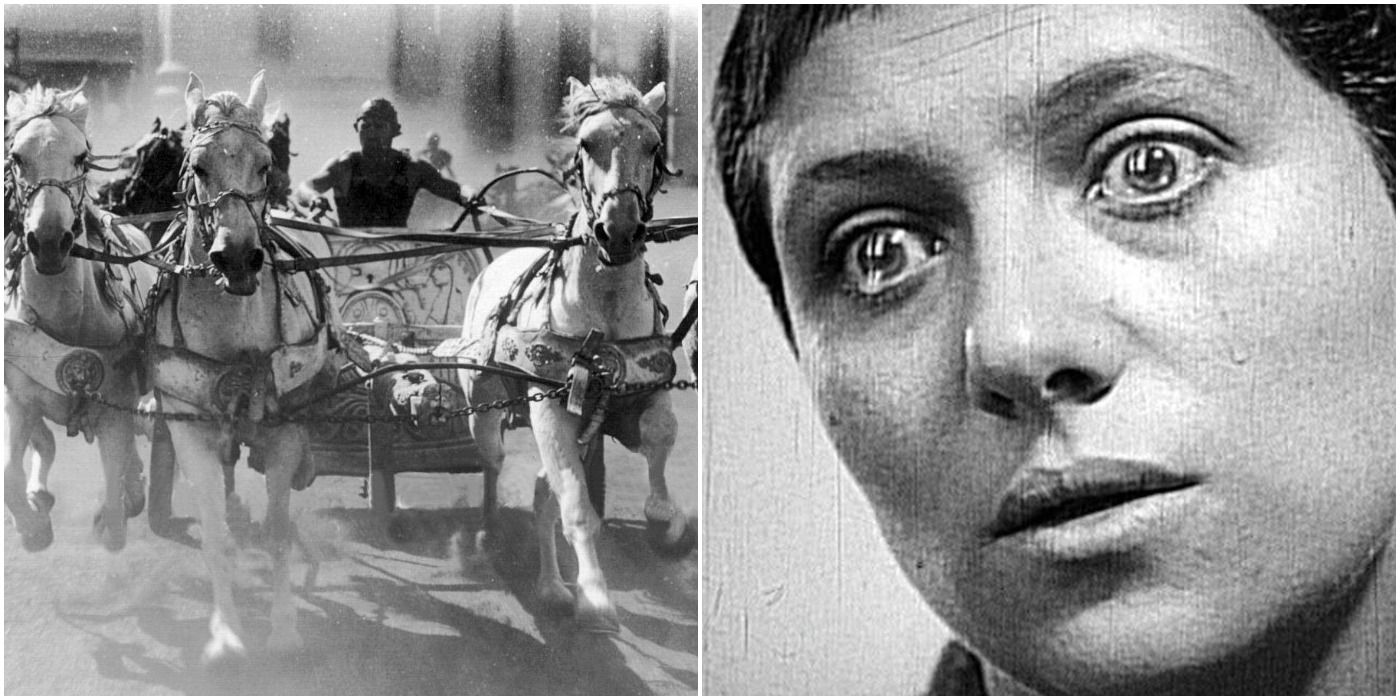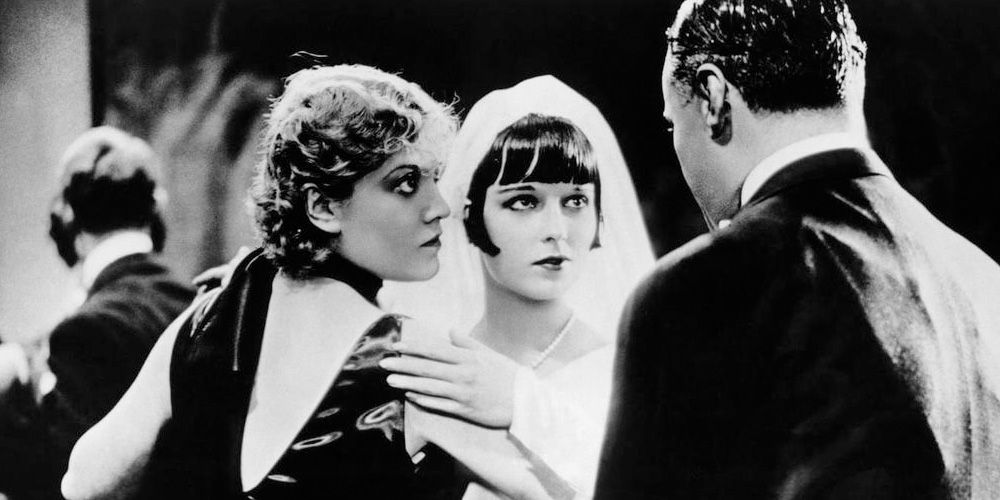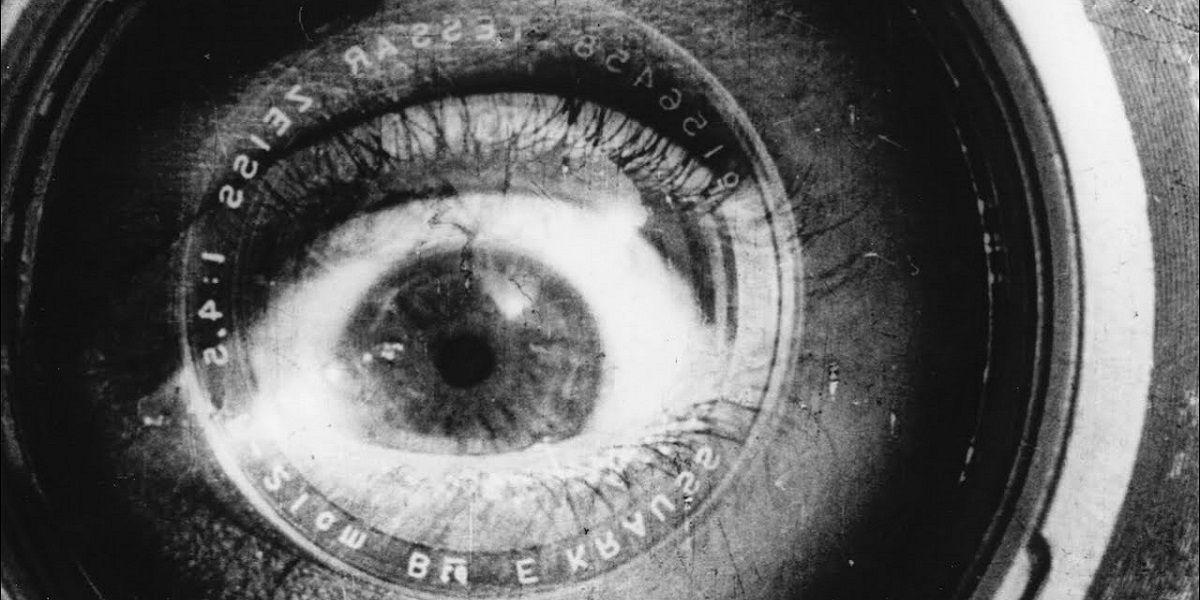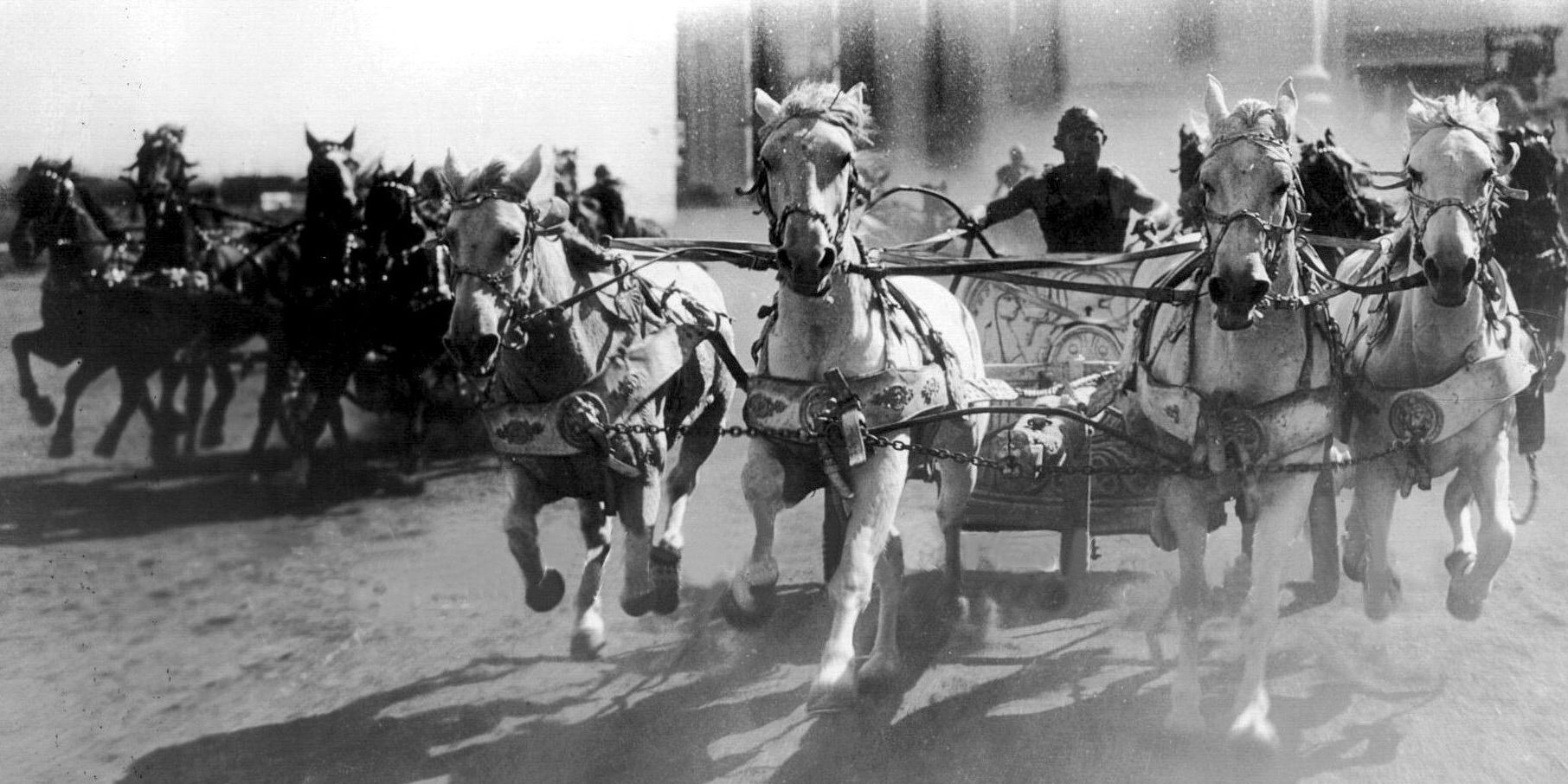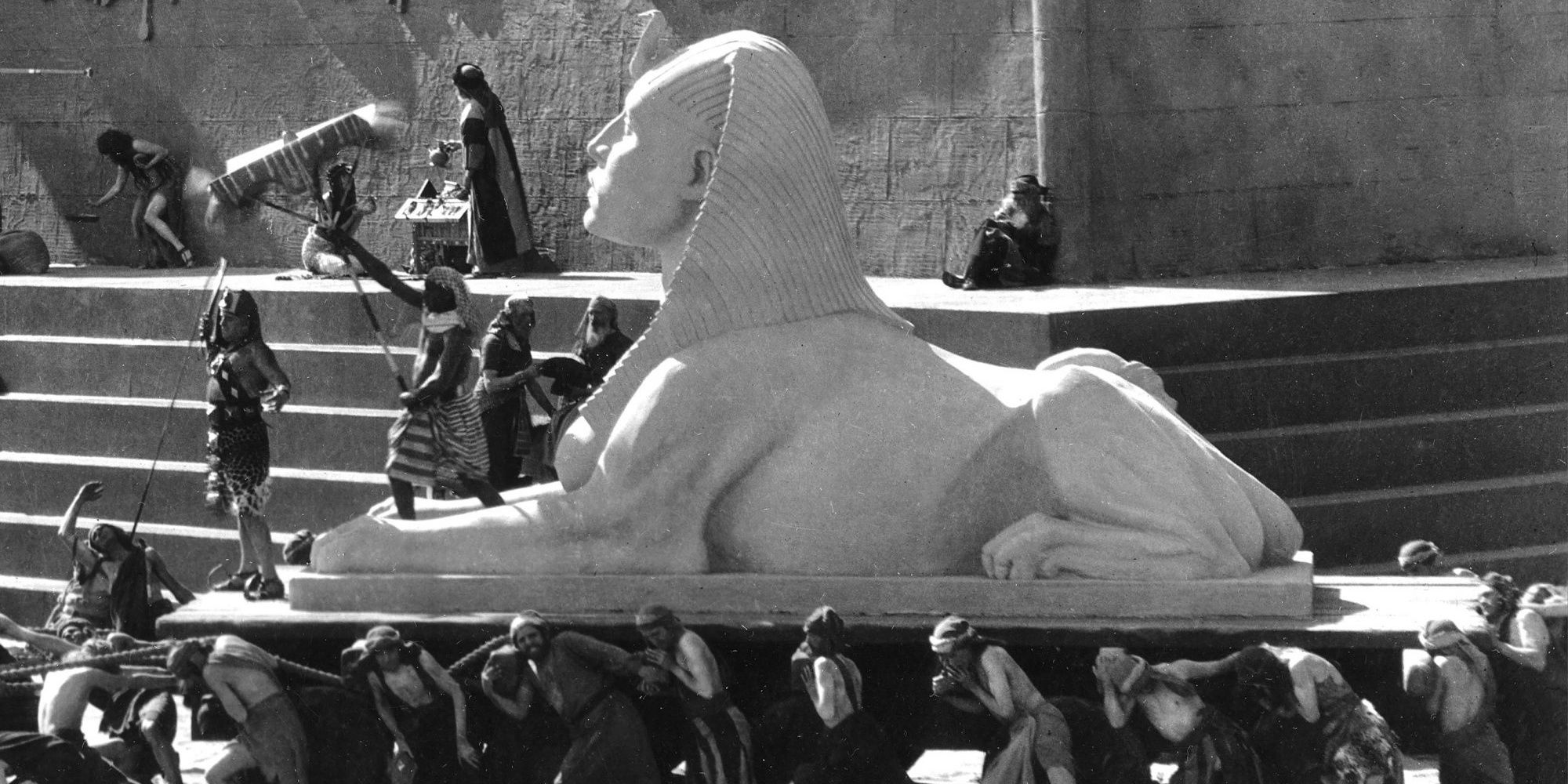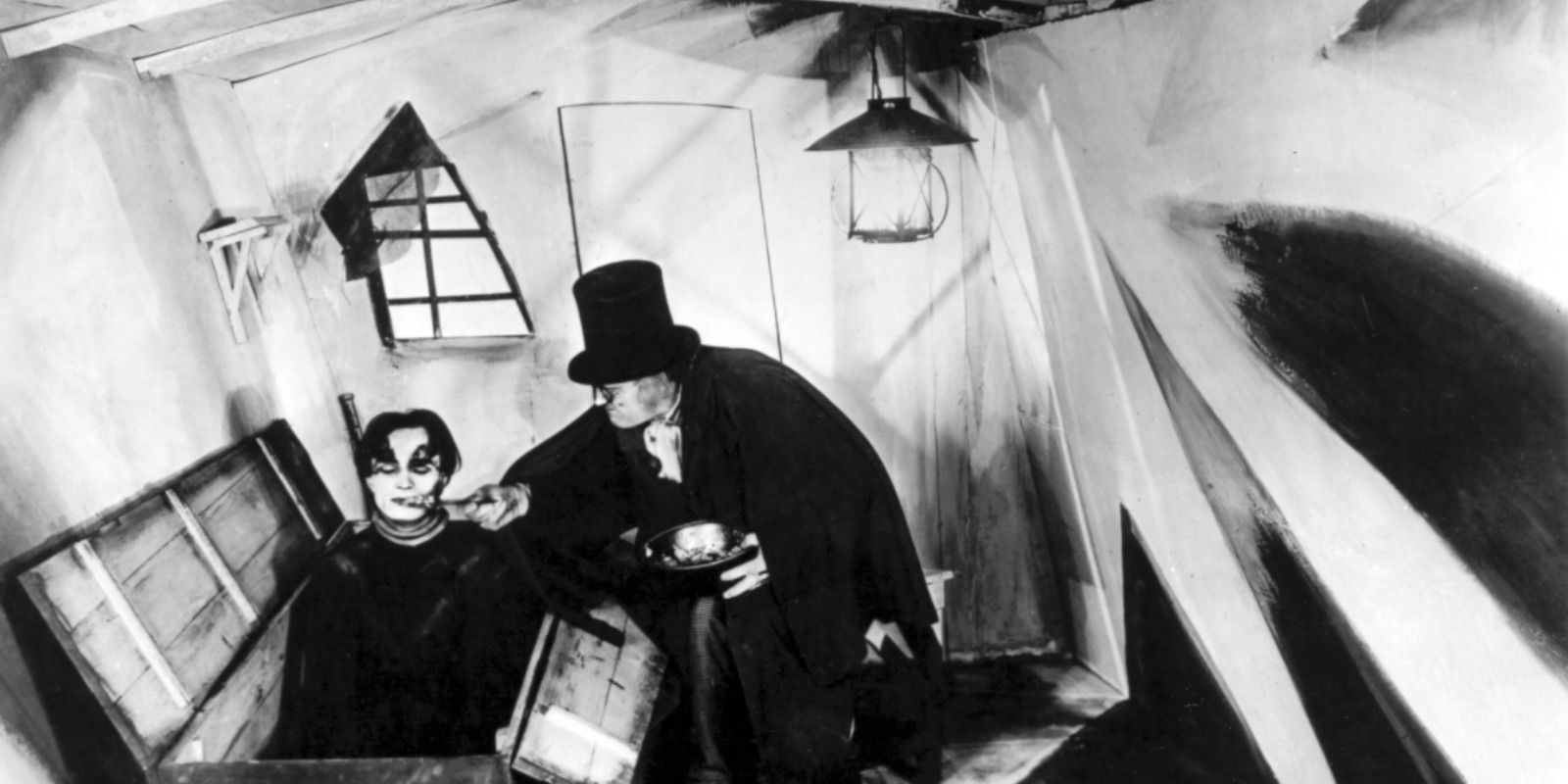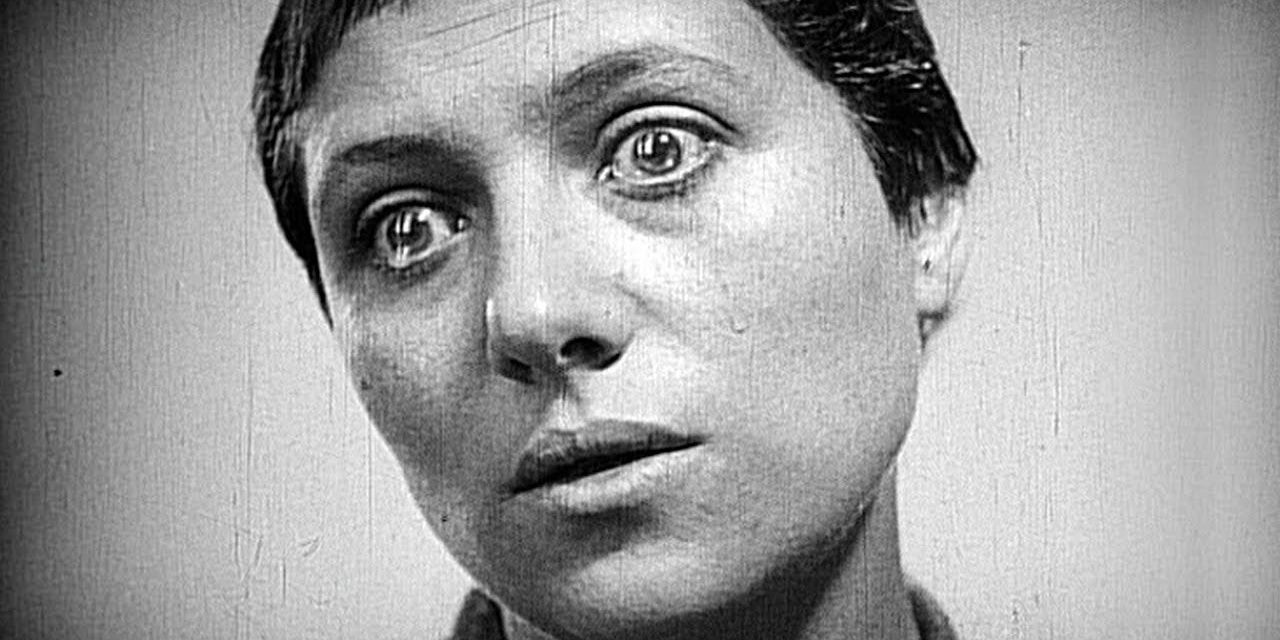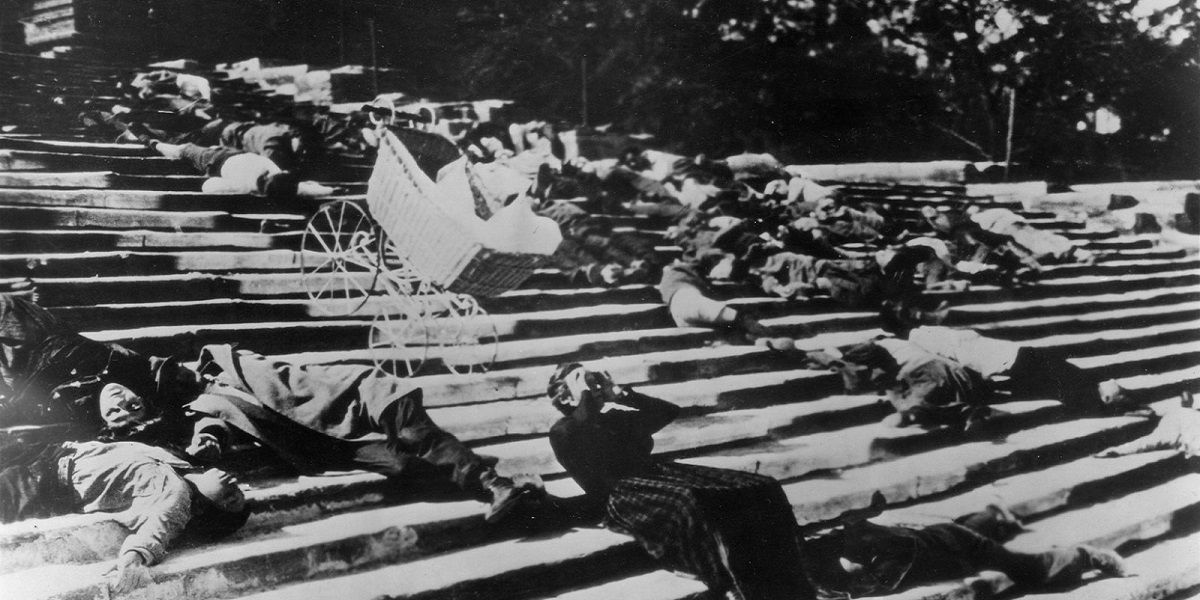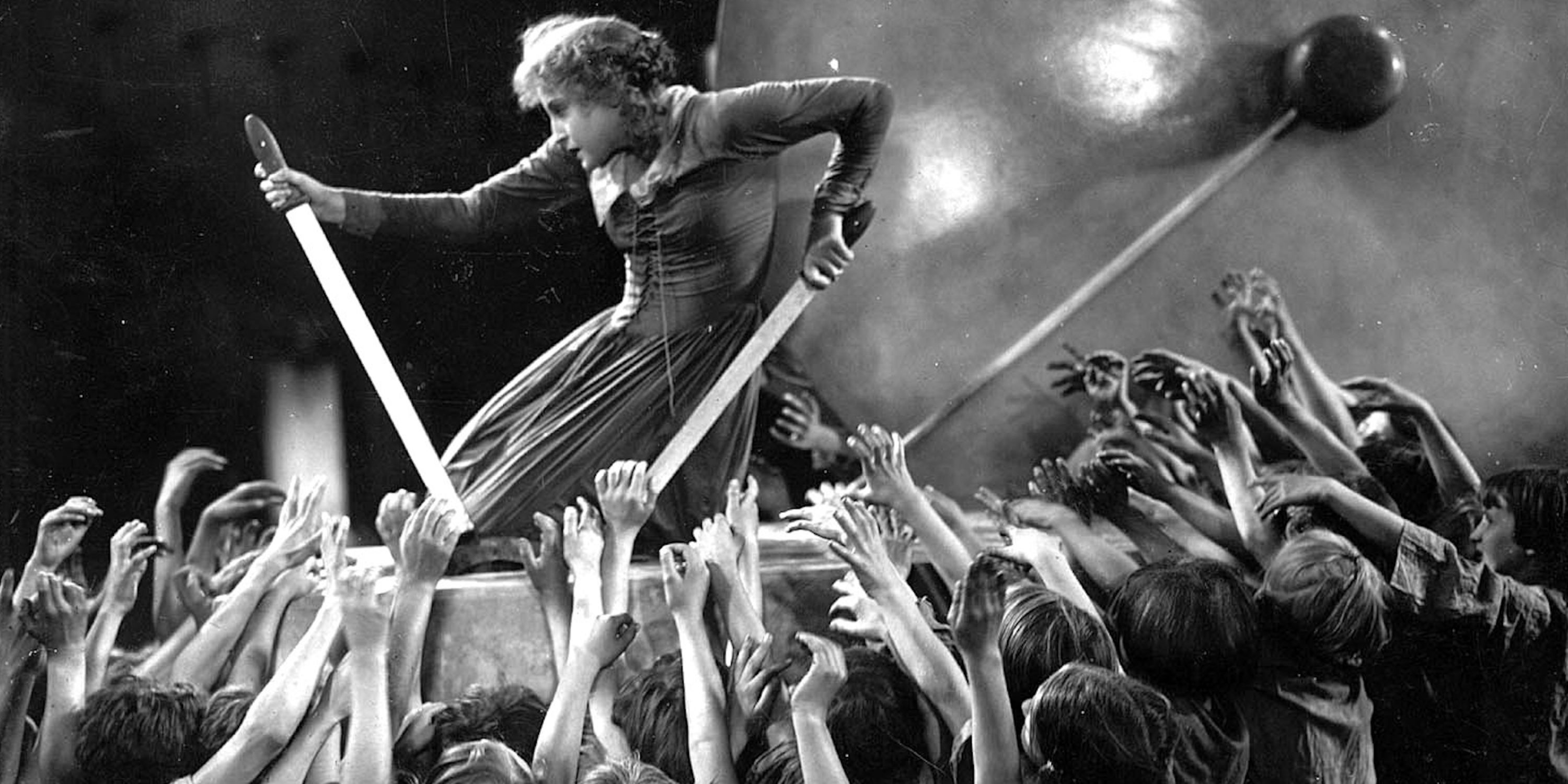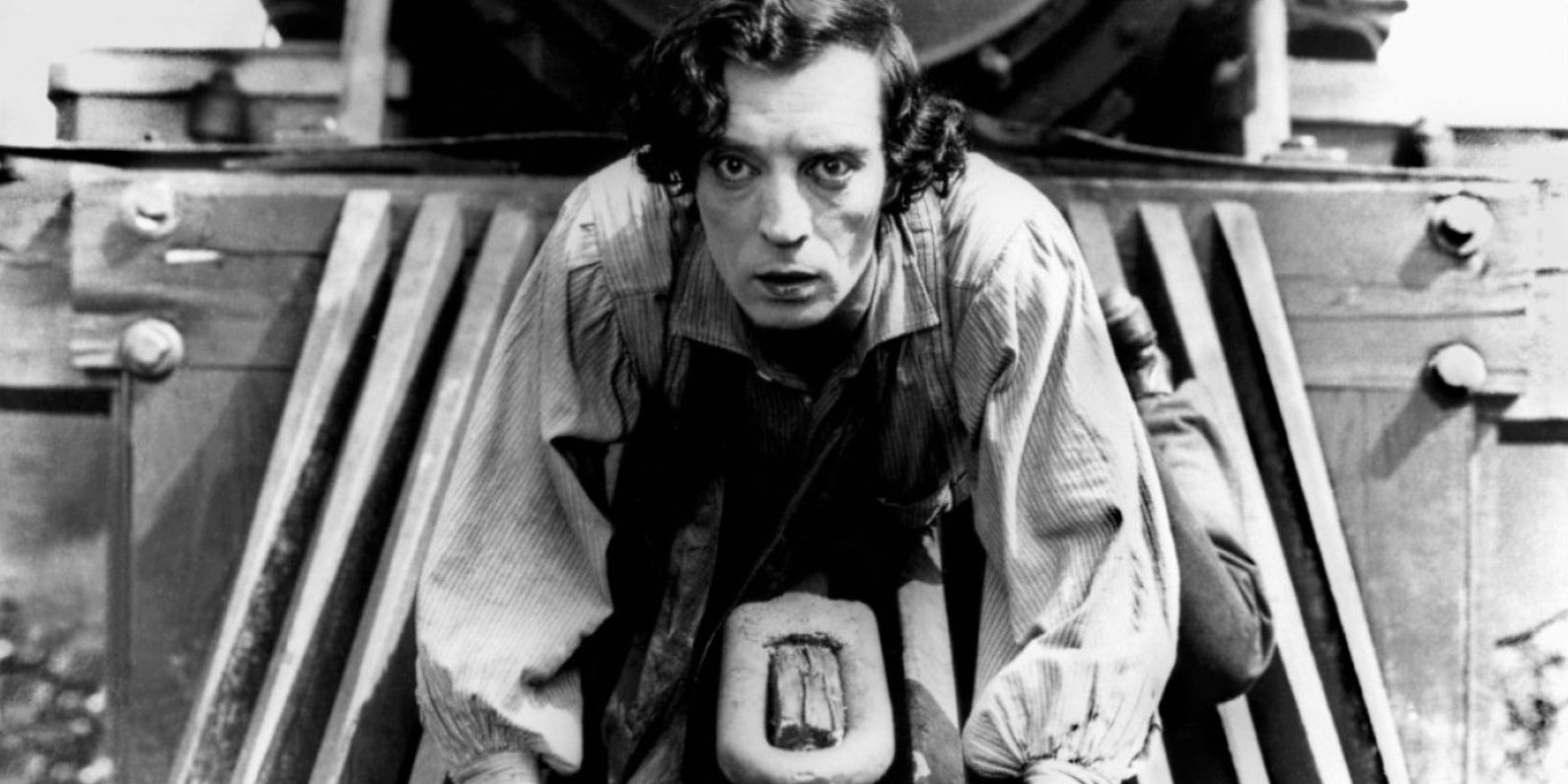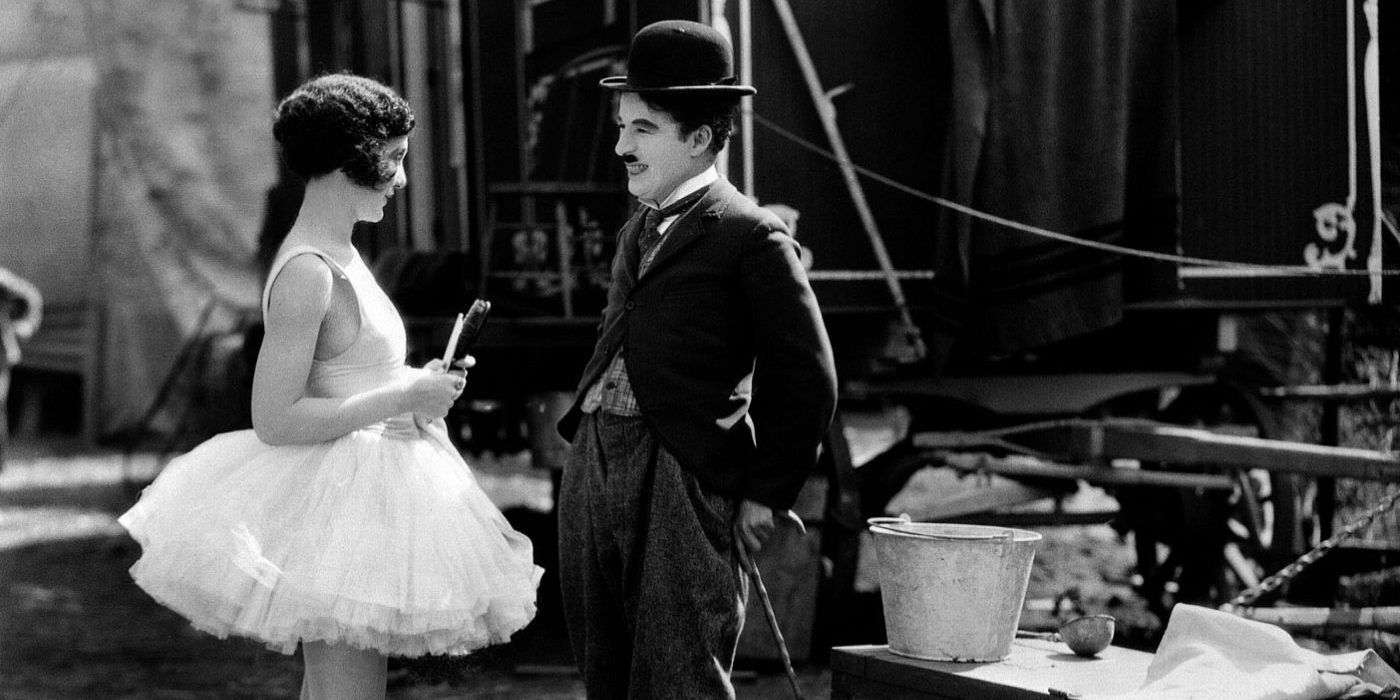Sound has become such an integral part of the medium of film that it’s difficult for a lot of people to remember that there was a time when there was no synchronized sound in movies. Of course, the reality is that “silent film” is a bit a misnomer, since there was usually some form of musical accompaniment at the very least.
In fact, some of the most important films in the history of the medium were released during the silent era. Any film buff worth their salt should watch some of these very significant films.
Pandora’s Box (1929)
Pandora’s Box is one of the gems that came out of the Weimar period of German history, a period of experimentation in all aspects of life, including gender and sexuality.
The film focuses in particular on a young woman named Lulu who is known for her unapologetically sexual nature and her inability to make wise decisions. Though it wasn’t well-received at the time, Pandora's Box has gone on to be rightly regarded as a noteworthy silent film, thanks in no small part to the brilliant performance of Louise Brooks as Lulu.
Man With A Movie Camera (1929)
Man with a Movie Camera is one of those films that takes a fair bit of patience to watch. Not only is it silent, but it’s also highly experimental.
There is no narrative to speak of, so the viewer is required to really pay attention to what the images are doing. In particular, the way that the director, Dziga Vertov, sought to capture the chaos of modernity through film, the most modern of media.
Ben-Hur (1925)
The novel Ben-Hur had been an enormous bestseller for several years before MGM managed to make it into a film. It cost a truly stupendous amount of money to bring this story to life, and it was a significant risk for the studio.
However, it ended up being an enormous success for MGM, and it stands as a testament to the marvels of cinema, even in the era before computerized special effects. Even though it was remade twice (in 1959 and 2015), this version still withstands the test of time.
The Ten Commandments (1923)
The genre of the biblical epic is rightly associated with one name above all others: Cecil B. DeMille. Though his 1956 film about the travails of the biblical prophet Moses is probably the one most people are familiar with, it wasn’t his only adaptation of the subject.
In this silent version, however, the biblical part of the story is actually only a small part of the film. A larger part focuses on a story set in the present-day that illustrates the continuing importance of the titular Commandments.
The Cabinet Of Dr. Caligari (1920)
Even those who haven’t seen The Cabinet of Dr. Caligari are no doubt familiar with the film movement of which it was a part: German Expressionism.
This is a truly haunting film, and while the narrative is interesting enough, it’s really its striking visuals that were and are the most extraordinary thing about it. It definitely suspends the viewer in a world of nightmare images, and there is no doubt that anyone who sees this film will not soon forget it.
The Passion Of Joan Of Arc (1928)
There are some very good reasons why The Passion of Joan of Arc is regarded by many as one of the most important films ever made. As its title suggests, it focuses on the famous Joan of Arc, the young woman who was pivotal in helping France attain military victory over the invading English army.
The Passion of Joan of Arc features some truly extraordinary performances but, just as importantly, it also uses the close-up in ways that are, at times, almost uncomfortably intimate.
Battleship Potemkin (1925)
In the annals of cinema, few figures are as influential as Sergei Eisenstein. This man was not only a film theorist – someone who conceptualizes the way that film works and the influence that it has on the viewer – but also a notable filmmaker.
Eisenstein was especially known for creating films that sought to make political change in the world, and Battleship Potemkin is extraordinary in this regard. It also features some very powerful editing that would prove influential to subsequent filmmakers.
Metropolis (1927)
The early days of cinema were known for the ways in which filmmakers really did want to see how far they could push the medium. Anyone who has seen Metropolis knows that this is a film that is extraordinary in many regards.
For one thing, it’s truly gorgeous to look at, featuring some of the most complex set designs of the silent era. Just as important, however, is the fact that it’s a film that engages with the pressing issues of its time, particularly the yawning gulf between the various social classes.
It’s a testament to what science fiction film can attain.
The General (1926)
Buster Keaton has gone down in film history as one of the finest comedians to have ever appeared on the screen, and rightly so. Anyone who has seen this film can attest to the way that the actor seemed to have an uncanny level of control over his body.
Keaton understood what makes people laugh better than almost anyone else who has appeared in film, either before or since. Even those who don’t particularly like silent films will find this one truly hilarious.
The Circus (1928)
Of course, no list of important silent films would be complete without at least one film directed by and starring Charlie Chaplin, arguably the most important figure of the era.
The Circus, naturally, focuses on his character of the Tramp, and it is in many ways Chaplin’s own reflection on the world of cinema, which seemed to be moving into a new era without him (he was notoriously reluctant to move into sound films). The ending, in particular, is quite melancholy, but it is also a reminder of just how brilliant Chaplin was as an actor and a filmmaker.

